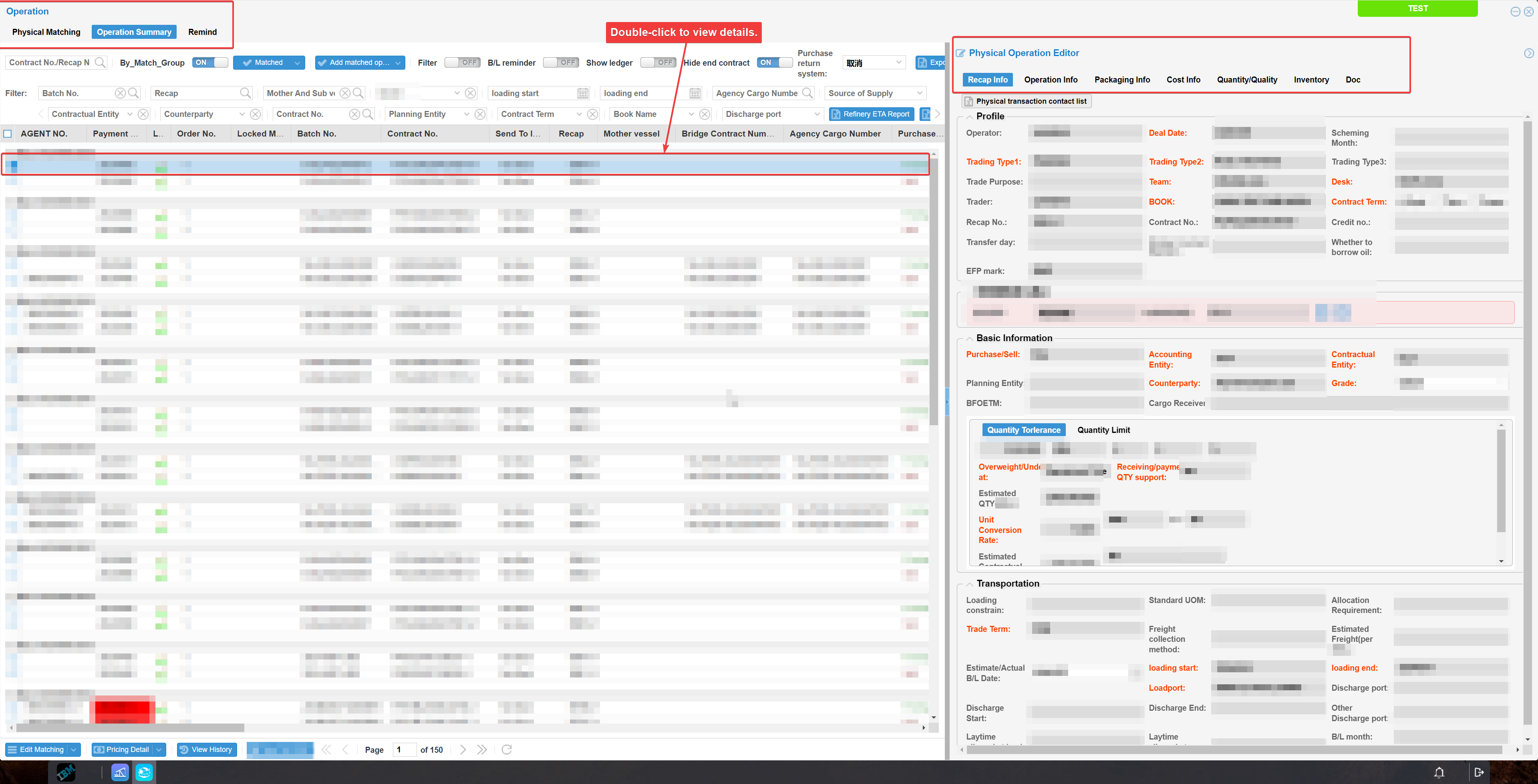In the wave of digital transformation, data has become a core asset for businesses. However, with the rapid growth of data and the diversification of business needs, traditional data governance models are showing their limitations. Issues such as data silos, poor quality, slow processing, and limited storage capabilities are restricting businesses from fully utilizing and exploring data.
To address these challenges, modern data governance tools have emerged, and the X-Ray system (X-Ray) stands out among them. By seamlessly integrating multiple data sources, enabling real-time automated processing, and offering powerful distributed storage and computing capabilities, X-Ray overcomes the bottlenecks of traditional data governance. It provides businesses with a comprehensive solution for data collection, governance, analysis, and visualization.
This article explores how X-Ray drives data governance innovation and supports businesses in achieving intelligent decision-making and efficient operations in their digital transformation.
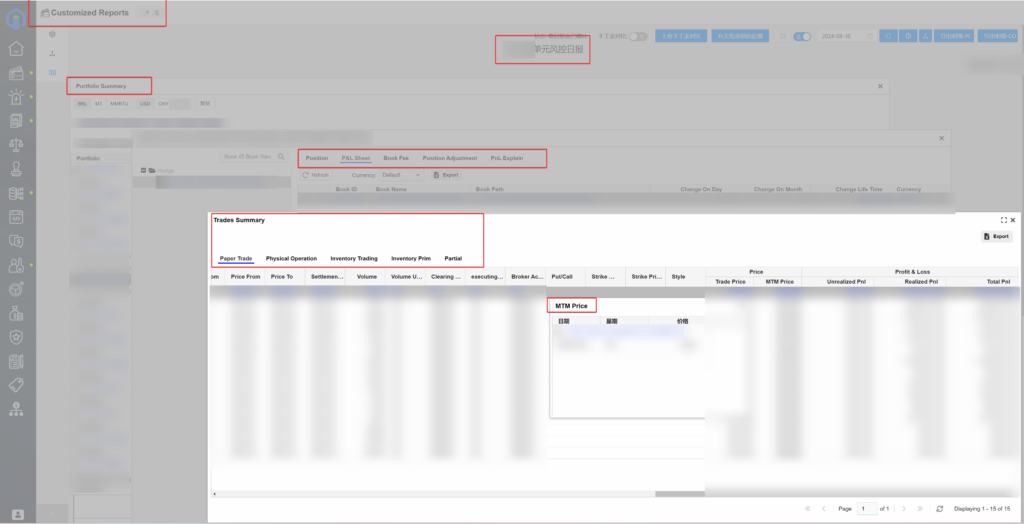
1. Limitations of Traditional Data Governance
Before diving into X-Ray’s benefits, let’s first examine the specific problems with traditional data governance.
- Data Silos: Data is spread across various systems and departments, with inconsistent formats. Traditional tools lack sufficient support for heterogeneous data sources and unified access layers, hindering the efficient use of data.
- Poor Data Quality: Inconsistent standards, missing data, and frequent conflicts are common. Traditional tools rely on manual operations, leading to inefficiencies and errors, and lack automation for cleaning and validation.
- Low Processing Efficiency and Lack of Real-Time Capabilities: Many traditional tools use batch processing models, which are cumbersome and slow. These tools require manual intervention, making it difficult to handle large volumes of data in real time.
- Limited Storage and Computing Capabilities: Centralized systems lack scalability and parallel computing support. As data grows, traditional systems struggle to maintain performance, which results in low efficiency and high costs.
- Lack of Intelligent Analytical Capabilities: Traditional tools rely heavily on manual work and lack advanced features such as machine learning, which makes it difficult to implement intelligent analysis and predictions.
- Rigid Processes: Traditional processes are inflexible and difficult to adjust for dynamic business needs. This leads to a disconnect between data analysis and business requirements.
- Limited Transparency and Compliance: Data is often scattered, with low transparency, and traditional tools lack features to trace data sources and calculation logic. This increases the risks of non-compliance.
- Inadequate Security and Access Control: Traditional tools have basic access management and lack fine-grained control, which compromises data security and increases risks such as data leaks and misuse.
These challenges make it clear that businesses need a modern solution to overcome the limitations of traditional data governance. The X-Ray system addresses these needs effectively.
2. Core Advantages of the X-Ray System
The X-Ray system introduces advanced technologies and innovative mechanisms, allowing businesses to break through the limitations of traditional data governance. Here are the key advantages of X-Ray:
Seamless Integration of Multiple Data Sources
- XDK Data Collection Toolkit: Supports diverse data sources (databases, data warehouses, web pages, text files, Excel, etc.), enabling non-invasive data collection.
- Data Standardization and Quality Validation: Automates data standardization and validation processes, ensuring data accuracy and completeness.
- X-Data Industry Data Module: Offers vast external data sources (financial, economic, and industry data), enabling the integration of internal and external data for deeper analysis.
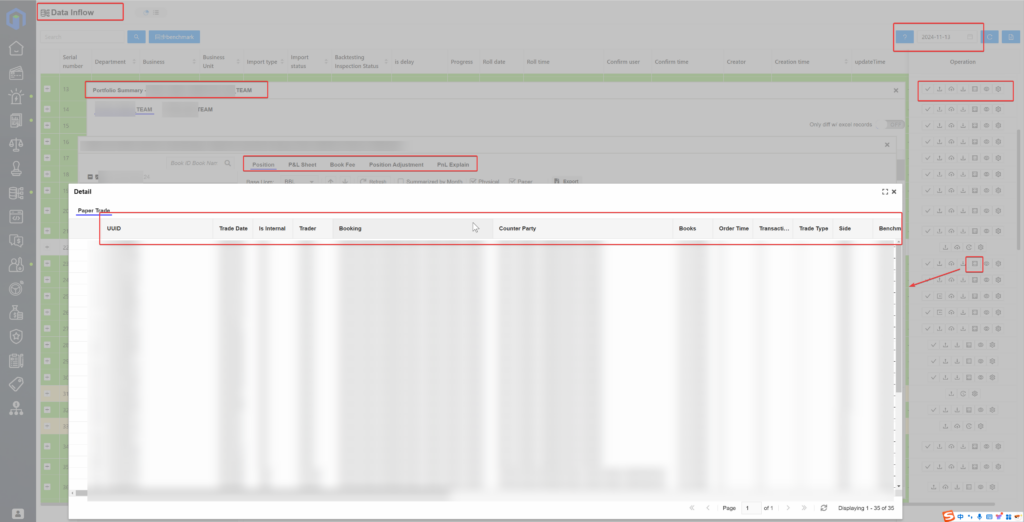
Automated and Real-Time Data Analysis
- Real-Time Data Collection and Processing: Supports various import methods, such as remote, scheduled, and manual imports. Automatically formats and validates the data.
- X-BT Backtesting Framework: Provides real-time, automated model indicators and formula calculations.
- Automated Reporting: Supports real-time updates of business reports and automated email delivery.
Customization for Dynamic Business Needs
- Custom Data Import and Model Training: Supports custom data imports and provides an efficient development environment (Python programming) for personalized analysis.
- X-Sheet Data Reporting Tool: Offers Excel-like functionality for generating personalized reports with one click, which are automatically archived and updated.
- X-Insight Data Visualization Tool: Allows the creation of custom charts, such as line graphs, scatter plots, and pie charts.
- X-Eagle Risk Control Alert System: Enables users to set custom risk alert conditions, providing real-time monitoring and automated alerts.
Powerful Data Processing Capabilities
- Distributed Storage: Uses a combination of MySQL and NoSQL for distributed storage, supporting high concurrency real-time access and rapid data response.
- Efficient Data Compression and Load Balancing: Optimizes storage space and supports automatic load balancing, improving system scalability.
- High-Performance Computing: Utilizes multi-core processors, GPUs, and distributed computing frameworks (like Hadoop and Spark) for parallel computing to meet large-scale data processing needs.
Enhanced Transparency and Compliance
- Data Layer Penetration and Temporal Display: Supports drill-down from summary to raw data, providing multiple periods (real-time, daily, monthly, yearly) for data storage and analysis.
- Improved Transparency and Compliance: Multi-layered data perspective and historical query functions simplify audits and meet regulatory requirements.
Cost-Effective and Intelligent Analysis
- X-BT Backtesting Framework: Provides industry models and computational resources for both basic indicator calculations and advanced model development.
- X-Sheet and X-Insight Tools: Offer rich visualization options, making it easier to uncover valuable insights and enhance decision-making.
- AI-Ready Model Development: Supports Python programming and machine learning integration, enabling advanced tasks such as risk and price forecasting.
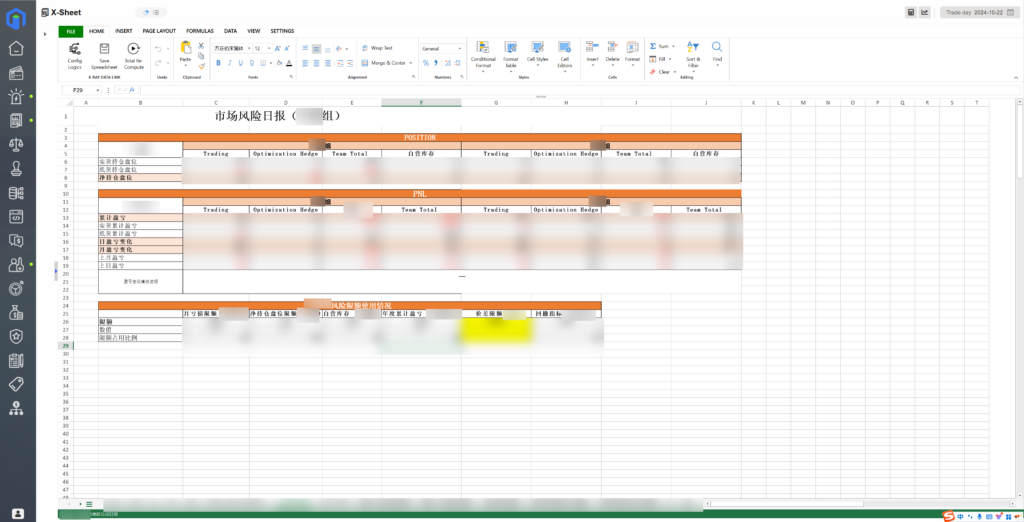
Data Security and Access Control
- User Permissions and Access Management: Offers detailed control over user permissions, ensuring data security by restricting access based on roles, data types, and functions.
Through its core advantages, the X-Ray system provides enterprises with a one-stop solution. It covers data collection, governance, analysis, and visualization. The system meets the demands of massive data processing, dynamic business needs, and compliance auditing. This enables companies to achieve digital transformation and make intelligent decisions.
The core strengths of X-Ray are not only found in its technological innovations. They are also demonstrated in its powerful value in real-world applications. To better illustrate how X-Ray helps businesses address data governance challenges, we will use Z Company’s case. This will showcase the practical impact of X-Ray in real business scenarios.
3. X-Ray’s Impact on Z Corporation’s Data Governance
Z Corporation, a large oil trading company, faced several data governance challenges, including data silos, low processing efficiency, and limited flexibility. These issues hampered business collaboration and decision-making, increasing management costs and reducing responsiveness to market changes.
After implementing X-Ray, Z Corporation experienced significant improvements across multiple areas:
Breaking Data Silos and Integrating Data
Z Corporation successfully integrated over 70 heterogeneous data sources, including multiple internal systems and Excel sheets, with the help of the XDK Data Collection Toolkit. This solved data silos across systems, departments, and regions.
Moreover, X-Data’s integration with external data sources enriched decision-making, enhancing accuracy and comprehensiveness.
Automated data validation replaced the previous manual processes, speeding up data governance.
Automating Business Reporting
With X-Ray, Z Corporation customized business reports that automatically collected, calculated, and updated data in real-time.
This automation saved 1-3 days of manual work per report and improved the efficiency of risk control personnel, allowing them to focus on analysis and monitoring.
Personalized Analysis and Risk Alerts
X-Ray’s X-Sheet tool provided non-data professionals with an easy-to-use, Excel-like interface to generate personalized reports.
Meanwhile, the X-Eagle risk alert system helped Z Corporation set up automated alerts for key indicators, preventing significant financial losses from market risks.
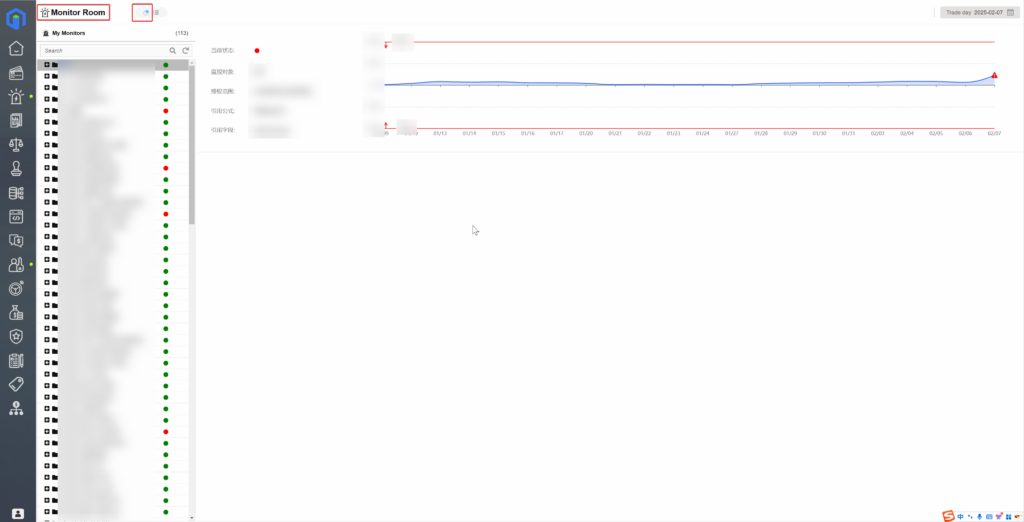
Efficient Data Processing
Handling massive data volumes is a daily challenge for Z Corporation, which processes millions of data rows daily.
With X-Ray’s distributed storage and parallel computing, the company achieved real-time data processing with high concurrency, ensuring fast and stable system performance.
Improving Transparency and Compliance
Before X-Ray, Z Corporation’s decentralized data made audits difficult.
X-Ray’s multi-layered data penetration and temporal data visualization significantly improved transparency, enhancing compliance auditing efficiency by 40%.
Smart Price Forecasting
Using X-Ray’s backtesting framework and machine learning, Z Corporation successfully developed a price prediction model.
This improvement in price forecasting led to better trading decisions and stronger profitability.
Enhanced Security
X-Ray’s detailed user access controls helped Z Corporation ensure the security of sensitive data, improving data security by 35%.
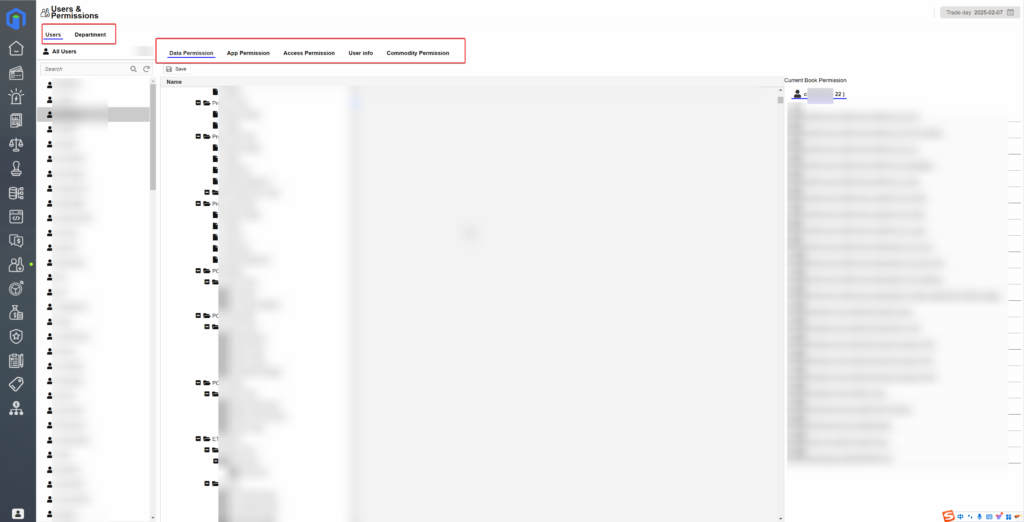
By introducing the X-Ray system, Z Company solved many of the challenges faced in traditional data governance. The system achieved significant results in real-time analysis, intelligent forecasting, and compliance management. X-Ray’s powerful functions and flexibility have provided Z Company with a one-stop solution, covering everything from data collection to decision support.
Conclusion
Z Corporation’s success with X-Ray highlights the system’s exceptional capabilities in data governance. X-Ray has not only helped businesses overcome the limitations of traditional data governance but also enabled them to stay at the forefront of technology and practice.
Looking ahead, X-Ray will continue to play a pivotal role in digital transformation, pushing data governance innovation. As the demand for effective data governance grows, X-Ray will keep evolving to meet new challenges, providing businesses with smarter, more efficient, and compliant data solutions.


